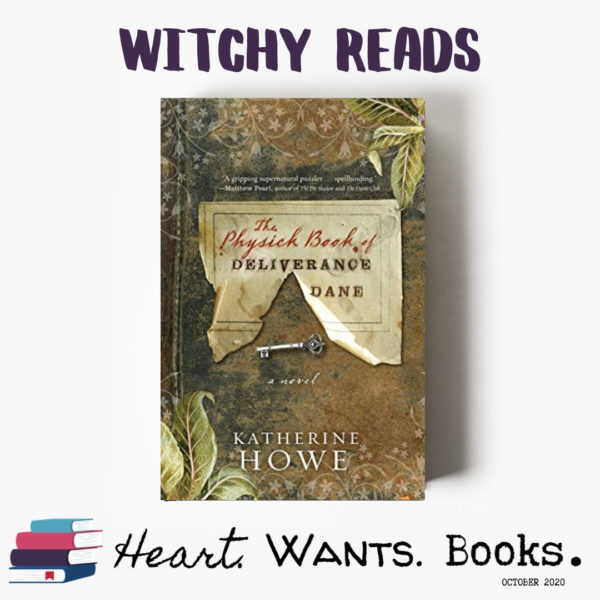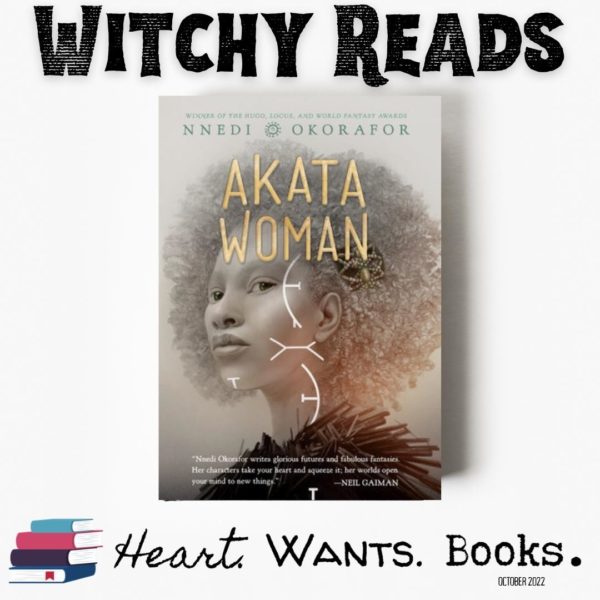The Color Purple by Alice Walker September 30, 2021
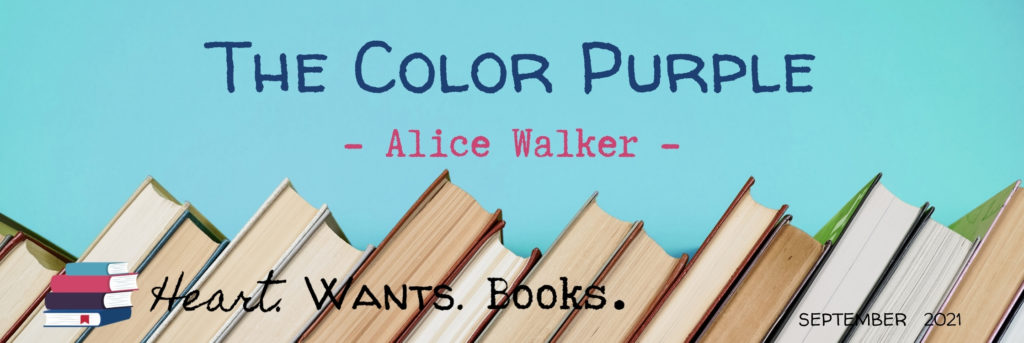
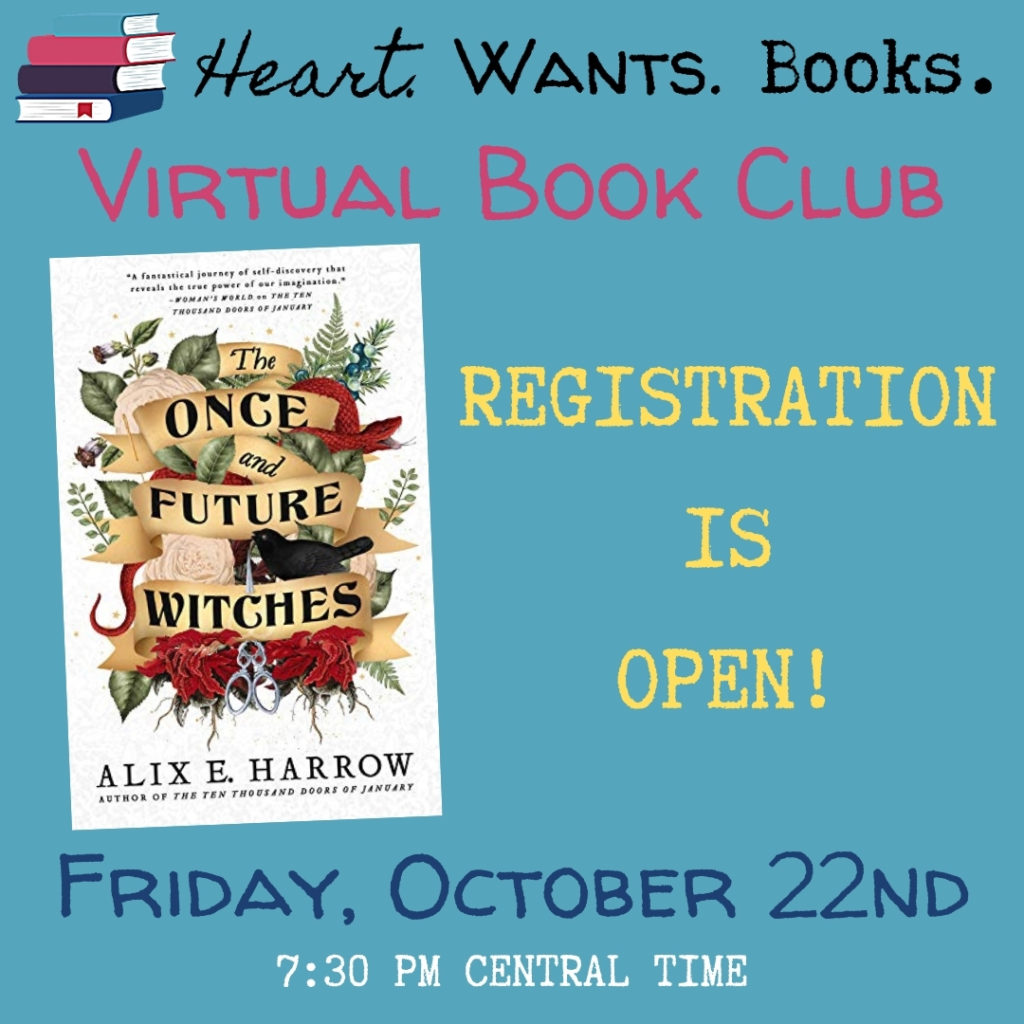
The following post includes affiliate links. More details here. As you’re doing your Amazon shopping, we’d be ever so grateful if you’d use our affiliate link to do so as it helps pay the bills around here!
Double, Double, Toil and Trouble; Fire Burn and Caldron Bubble! Tomorrow is the day, the First of October and the official start of WITCHY SEASON! We don’t need the scale of dragon, tooth of wolf, or any of the other ingredients the three witches of Shakespeare’s Scottish Play include in their bubbling pot to persuade you to join us for Virtual Book Club at 7:30pm on Friday, October 22nd! Click here to register for our discussion of Alix E. Harrow’s Once and Future Witches or I will have to be sure my brinded cat hath mewed thrice and begin my potion again!
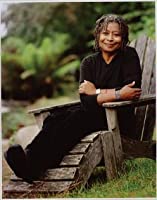
As you know, dear readers, we at Heart.Wants.Books. think that reviewing a book without discussing the author’s life and other works is not doing justice to the work of theirs that we’ve read. Alice Walker is a cornerstone of modern American literature and ignoring her life and work would be a travesty. Let’s start with the easy stuff: she was born in Georgia in 1944 and currently lives in Northern California. She’s a social activist, novelist, writer, poet, and a 1965 graduate of Sarah Lawrence College. Most of note is that she is the first African-American woman to win the Pulitzer Prize for Fiction for her novel, today’s banned book pick, The Color Purple. In 1973 she became the editor of Ms. magazine and while working there published a piece entitled “In Search of Zora Neale Hurston” which revived interest in Hurston’s work. (Hearken back to August 2020 when Nikki and I read and reviewed Hurston’s Their Eyes Were Watching God.) So far in her career, Alice Walker has published seventeen novels and short story collections, twelve works of nonfiction, as well as collections of essays and poetry. Her most recent publication was 2018’s poetry collection Taking the Arrow Out of the Heart, so it doesn’t look like she’s slowing down any time soon, even at seventy-seven years old!

And here I go, getting into the heart of The Color Purple. I knew some things going into reading this book: It won a Pulitzer Prize. It’s part of PBS’s The Great American Read and is number twenty seven on that list. (OK, I didn’t know it was number twenty seven, but I did know it was on the list, I’m just trying to help you out from having to click on the link. But, it’s a great list, you should check it out when you’ve got a spare moment.) Steven Spielberg directed the 1985 Academy Award nominated film starring Whoopi Goldberg, Oprah Winfrey, and Danny Glover. (You can currently watch it on HBOMax.) I knew it was the story of Black women in the south, but not the time frame or the specific plot. Nikki gave me a content warning from the first three pages, and so we are not surprised that the book would have some detractors, but you have to keep going.
We’ve talked ad nauseum about reading diverse books because in doing so it broadens our perspectives and ability to hold empathy for our fellow human beings. THIS IS THE IMPORTANT WORK. Honestly, at times while reading a book as iconic as The Color Purple, I think it is THE work we are all put on this earth to do: to hold space and love our fellow human beings. Hard stop. All the humans. Compassion and an attempt at forgiveness must be the bedrock of our relationships with those we know and love and with complete strangers. The systems in which I was raised, and that mostly still dictate our lives today, do not allow for the breadth of humanity to be loved and appreciated equally. Our protagonist Celie is pushed down by the patriarchal Black society of her birth and by the white supremicist AND patriarchal Southern society. Books teach us how we need to do better, becoming the mirror we as readers need to realize our own growth. Be Kind. Love People.
Phew, yeah, I know I didn’t discuss the plot much at all, but, you don’t need it. Read this book. Five stars. I’m going to read more of Walker’s backlist at some point, including the two follow up novels in The Color Purple Collection: The Temple of My Familiar and Possessing the Secret of Joy. This epistolary style novel was so heavy in theme and content, it’s hard to know exactly what my feelings will settle into while I’m still stuck in the ‘wow’ feeling.
Has a book ever made you ‘speechless’ about it, but you just want to stick a copy in everyone’s hands?
~Ashley
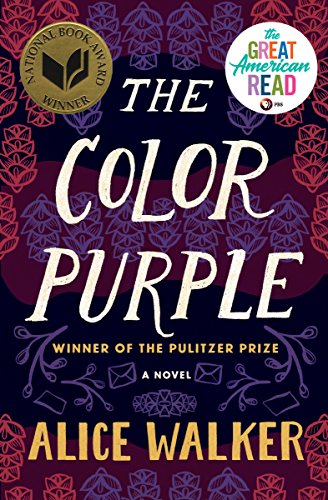
An author I adore asked on social media today something to the effect of, if it’s an author you know you’re buying the book from, do you read the blurb. You all know me, I do not, because I love the experience of the story, and letting it unfold as the author intends, without the marketing folks mucking it up (and I’m not going to remember it anyway). And so it’s the same when we decide we’re reading a book. I knew The Color Purple is a big deal and there’s a Broadway play (only because I babysat for a friend way back in 2009 when it toured here and thought turning a book into a play was an interesting idea. Now I get it), and that’s about it. Until I read Alice Walker’s introduction written in 2006. Y’all. I wish I wouldn’t have read it until the end. I am not the person that reads the notes first, as I have already mentioned today, I like to read a book as the author intends, so when it comes first I read it first. But I wish I’d waited and formed my own opinions, experienced the text and how it landed for me, before learning what the author says the book is really about. She’s right because she wrote it, but I see something different.
The story of The Color Purple is about family, perseverance, the ties that bind, and the experiences of Black people starting around the 1910s and the decades following. It’s about power struggles, finding your voice, and love of all kinds. I could discuss the author’s introduction at length, but spoilers, so I’ll talk about the structure instead. As Ashley mentioned, this is an epistolary novel, which I adore. It makes me miss the days (that I never knew) of regular letter writing, where that was the only way someone else would know of your daily experiences. How funny it is that now we “follow” each other on social media and that is our dim, speck of a glimpse into the lives of others, when we, only a century ago, or less even, had pages, handwritten with love, purposefully shared because we wanted someone else really to know us. Celie wants to be known to God. She wants to understand, and she wants to be loved. Her story, yes, even from the opening pages, is tragic and awful, (which is also why it was banned) but this is also a book of hope too. Hope that things aren’t as bad as they seem, that love can be found in the most wretched of places, and that we can all find a home that is truly ours.
Walker shares in her 2006 introduction what The Color Purple is to her. I see that, but that’s not what it is to me. Perhaps that is the difference between the book being a window and a mirror. To me, The Color Purple is a window that shows me more about the intersectionality Black women experience and the impacts it has upon them, their children, and humanity as a whole. If you want to know what Walker says the book is about DM me and I’ll share, but if you haven’t read this amazing, five star book, I’d encourage you to pick it up, skip the introduction, and read it as the author’s notes at the end. It’s much easier to ignore my take on the book than the author’s, so form your own first, and see where you land, because this book has a lot to say, if only we are open and listen to the voices of others.
I’d love to hear your favorite epistolary novels. I’ve only read a few and want my TBR list to include more!
~Nikki

PLEASE SUPPORT US WHEN YOU SHOP BY FIRST CLICKING ON THE IMAGES BELOW:




